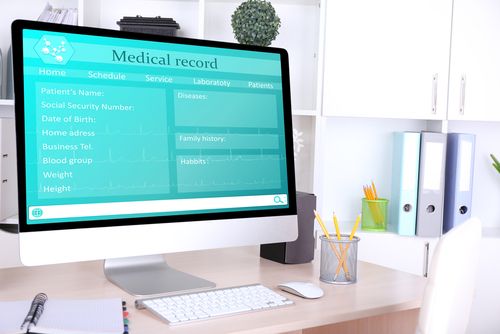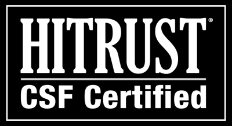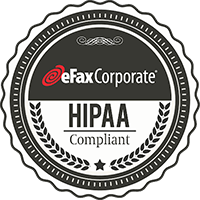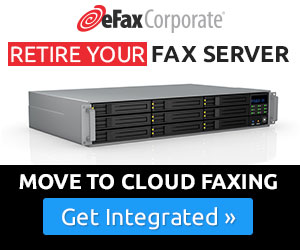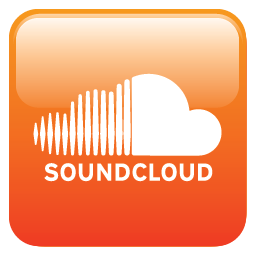EMR vs. EHR vs. PHR and More
The mandate to digitize healthcare records was implemented under the Health Information Technology for Economic and Clinical Health (HITECH) Act of 2009. This was an ambitious $30 billion policy effort to increase the nationwide adoption of electronic health records (EHRs) using financial incentives known as ‘meaningful use.’
However, in this race to migrate to electronic systems, there continues to be confusion about certain acronyms such as EMR, EHR, PHR and more. Let’s face it, the healthcare industry is no stranger to acronyms, and the abundance of them related to electronic health records (EHRs) can be confusing, to say the least.
EHR’s entered the collective vocabulary in the US back in 2004. Then President George W. Bush advocated for a nationwide EHR in his State of the Union Address to reduce “medical mistakes, reduce costs and improve care.”
Since that time, numerous other terms that sound similar to EHR have been used by the media and in literature, such as computer-based patient record (CPR), electronic medical record (EMR), personal health record (PHR) and more. Making matters more confusing, some of these terms are used interchangeably.
Over past two decades, EHR had emerged as the dominant term, but it can mean different things to different people. For some, it has become a generic term for any electronic patient care system. However, it has become clear that this definition needs refinement. And some of the most important stakeholders for these definitions are The Centers for Medicare & Medicaid Services (CMS), The Institute of Medicine (IOM), the United States Department of Health & Human Services (HHS), and Healthcare Information and Management Systems Society (HIMMS).
The importance of understanding these acronyms can’t be understated. For example, when choosing a technology for your medical practice, or software that will replace your existing system, it’s important to understand the nuances that separate EHR vs. EMR.
Let’s take a look at some defining differences that set these health and medical records apart.
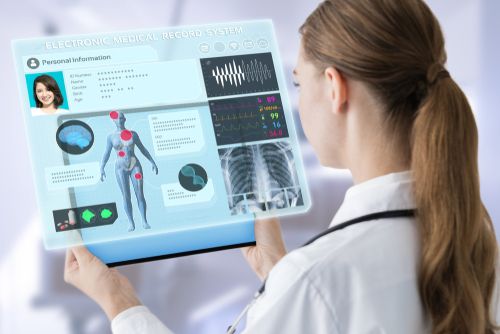
Electronic Medical Record (EMR):
EMRs are a digital version of the paper charts you would find in a doctor’s office, containing information such as medical history, diagnoses, medications, immunization dates, and allergies. These are the notes collected from the clinicians in a specific practice, clinic, or hospital.
In the early days of digital medical information, clinicians were focused on medical diagnosis and treatment, which explains why they used the term “Medical” in EMR.
EMRs can work well within a practice, however, they can be limited since they don’t travel easily outside the practice. Often times, a medical record needs to be printed out and mailed, faxed or sent via courier to another provider in order to share the information. This can be inefficient, to say the least.
They do, however, have advantages over paper records:
• They offer the ability to identify which patients are due for checkups and preventive screenings
• Clinicians have the ability to track data over the lifetime of the patient
• Clinicians can easily monitor how patients fall into certain parameters (e.g. vaccinations and blood pressure readings.)
• They improve the ease of communication and overall quality of care within the practice
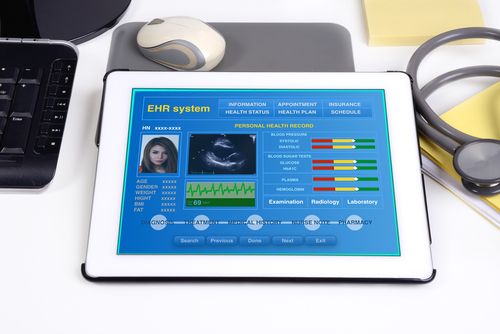
Electronic Health Record (EHR):
An electronic health record is also a digital version of a patient chart, but it is a more inclusive snapshot of the patient’s medical history. Perhaps the most significant difference between an EMR and an EHR is the ability to exchange or share information.
Unlike an EMR, an EHR follows a patient wherever they go, even if they travel out of state. It can be shared by a myriad of healthcare providers and provides an all-inclusive record that can help improve patient care and health outcomes.
In addition, it also gives providers a broader range of data than an EMR, which can facilitate better-informed decisions and care planning. And it also offers ‘meaningful use’ standards for incentive programs administered by the Centers for Medicare & Medicaid Services (CMS). This compliance is an important reason why the healthcare industry has embraced EHR systems.
Other advantages of EHRs include:
• Streamlined sharing of updated, real-time information.
• Patients have the ability to review their own records to see lab result trends. This can help motivate them to continue their prescribed protocols.
• A complete medical history of the patient, from allergies and radiology images to lab results. This can be critical for life threatening allergies, if the patient is unconscious.
• Recent lab results can eliminate the need for running duplicate tests.
In other words, an EHR is a chronicle of a patient’s health care experience throughout a lifetime. And although an EHR is managed and used by authorized providers, it is considered patient-focused rather than provider-focused.
Personal Health Record (PHR):
Unlike EMRs and EHRs, with personal health records, the patient manages their own records. This enables them to keep a log of their health- allergies, medications, treatments, health conditions, family medical history and more.
Another difference is that a patient’s PHR can be created by health providers or by patients themselves. This enables them to actively participate in their care. It empowers a patient to make decisions about their health, and they can choose to share this information with their health providers when needed.
Generally, the data in a PHR is a combination of clinical information from doctor visits, medical and lab reports and data they may be monitoring themselves from home monitoring devices or wearable activity trackers.
Some of the advantages of a PHR include:
• Enabling all of a patient’s health providers to work together as a team and minimizing complications.
• More effective home care and remote monitoring.
• Gives doctors a comprehensive understanding of a patient’s health, including family medical history and social factors that may impact the patient’s health.
• Empowering patients to become more actively involved, motivating them to adhere to protocols.
• Essentially, the information in a PHR can be thought of as a combination of data from an EHR, together with patient-generated health data.
Implementation, Security and the Future of Digital Records
EHRs, EMRs and PHRs are not defined by what they are, as much as how they are used, shared and controlled. And this often leads to the acronyms being used imprecisely more often than not.
At this point, there is no question that electronic health records are the future for all medical organizations, and with the right EHR system, practices will become more efficient, eligible to collect Medicare incentive payments, avoid penalties, and communicate better with patients and other members of the wider healthcare ecosystem.
And an understanding the specific differences between an EHR and EMR is a good start.
At the same time, EHRs also come with questions and concerns about the privacy and security of health information. Who can access the information on an EHR? How is it protected from loss, theft and hacking? These are understandable and important questions to consider.
During the transition phase, it’s important to work closely with an EHR vendor for a smooth and secure transition. The vendor should provide some type of comprehensive user guide for the users in the provider’s practice.
Also, as security and compliance are critical considerations, it should be noted that many health organizations rely on cloud faxing solutions, which help meet strict mandates and compliance for HIPAA.
For example, with eFax Corporate, medical organizations can better protect sensitive data when sending and receiving secure faxes. This is due to several layers of encryption and authentication to keep faxes secure in transit and at rest – unlike traditional paper-based faxing– so medical organizations are ensured complete privacy.
In fact, with eFax Corporate’s API fax platform, which can easily be integrated into most EHR systems, medical staff can securely send and receive faxes directly from within these platforms — no fax telco lines, fax machines or onsite fax servers necessary. Simply unplug them and start faxing through the cloud — eFax Corporate manages the whole faxing process for the medical practice.
It’s important for all care providers to closely review their obligations under the latest EMR regulations, to ensure they mitigate heavy penalties and move forward on the path toward integration of EMR systems.
Electronic records are expected to make healthcare more efficient and less costly, making the switch a good investment for our nation’s healthcare.
Learn more about eFax Corporate, Secure Faxing, Fax API and Healthcare Faxing solutions.
